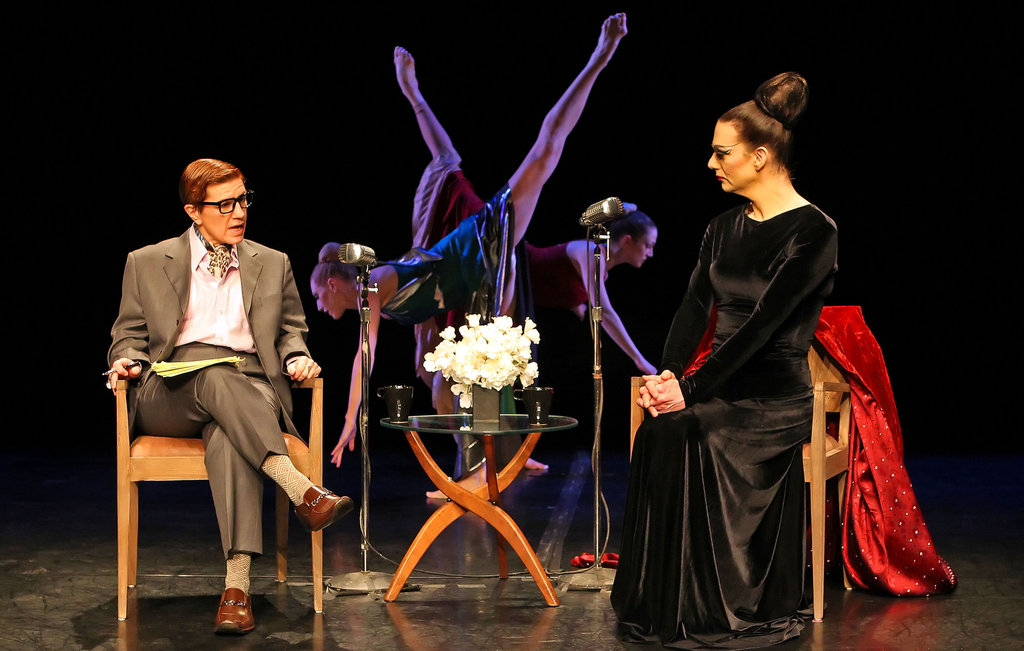I’ll confess this article was pitched to discuss exploitative audition practices. Specifically, I wanted to draw attention to Emily Hart-Lopez’s petition condemning the Royal Family’s audition fee of $200 NZD (or $144.47 USD). However, this costly practice is just one operant in a much larger system. By attempting to compartmentalize audition fees as a distinct issue, I was failing to acknowledge how these practices interact and support the ecology of western dance. In doing so I was brushing layers of gatekeeping under the metaphorical marley.
Western dance is a politicized manifestation of white supremacy. BIPOC are taught to delight in life on the margins or contort into a body of work that was manufactured to exclude us. Schools respond to public calls against racism with innocuous posts that point toward their privileged neutrality. They post pictures of whichever tokenized students align with the social outcry of the moment as if “having” a student that checks a certain box is sufficient proof of an anti-racist institution. I place “having” in quotation marks because BIPOC dancers are quite literally in an abusive relationship wherein dominant Eurocentric culture is the default standard. Western “technique” is inscribed onto bodies as a physical representation. All genres outside ballet and American modern are deemed “other” and grouped into a categorical hodgepodge tied together only by their lesser-than status laid out by elitist institutions. College and popular studio culture reinforce blanket curricula favoring western forms; a world built on white puritanical ideals of rightness and beauty. Along a similar vein, casting professionals cut dancers based on body types and aesthetics propagated by these distorted models. POC bodies are laid out, folded, and twisted into shapes like origami then discarded under the guise of “technically insufficient” if their embodied knowledge does not fit the western narrative. Dance gatekeepers are reinforcing white supremacy and pretending talent or skill are to blame even though western genres are built on values and classicist structures that rely on POC’s stagnation.
My friend and colleague, Nebal Maysaud wrote a highly applicable article entitled “It’s Time to Let Classical Music Die.” It parallels the loyalty POC musicians have for western classical music to the psychological connection victims develop toward their abusers in Stockholm Syndrome. I believe their salient arguments mirror western dance’s historically backwards and abusive practices that prey on marginalized or young artists as literal objects to advance an agenda. Dancers are taught and expected to scurry around like ants building a colony for their masters, then hired into programs and companies to mimic their training thus indulging in an uninterrupted love letter to white supremacy.
While this problem isn’t limited to universities and higher education, assessing their practices is demonstrative of major trends throughout the broader dance world. In the Pennsylvania Dance Education Organization’s second webinar, “Looking at Equitable Processes for Dance Auditions and Admissions,” Dr. Nyama McCarthy-Brown and Dr. Takiyah Nur Amin discussed how dance maintains exploitative practices and colonization through auditions. Universities curate who is admitted into their program and those graduates go on to lead arts education programs. We are indoctrinating dancers to contribute to a wrong and antiquated system beginning with the audition and extending into the professional world.
One of the ways these mechanisms show up is through racial bias. Examples of racial bias include valuing a white body type and aesthetic or favoring historically privileged genres and their embodied knowledge above everything else. As noted in the webinar, some universities have responded to this demand by offering electives in other styles or having audition components in additional genres (i.e. having a hip-hop combo). However, if there is a hip-hop audition requirement and no official hip-hop program, then students are misled, and programs are “bunnyhopping” in a direction that demands a leap.
Auditions also maintain their white-centered structure through inequitable means of accessibility. These include outrageous tuition costs, demanding training records from expensive programs, implementing audition fees, and creating location barriers. People who can’t afford to pay these fees are never given the chance to achieve “success” while those admitted are funneled into universities, perpetuating the same cycle. In the era of zoom auditions, this may look like requiring dancers to record themselves in a coveted studio space without providing the means to obtain it. In the webinar Dr. McCarthy-Brown beckoned the question, “What do we want? Who are we trying to attract?” By these standards, POC dancers are told to happily stand yards behind the starting block of a race we never agreed to run.
Once a POC dancer has passed the obstacles of the audition process, the values of white supremacy are conveniently extended into the school curriculum and beyond. University curriculums focus on catering to students who attend to the status quo through supreme technical proficiency of ballet and American modern often overlooking skills needed for a life in the arts. In the highest ranking, most prestigious programs, western technique is stressed over reading, writing, creative problem solving, community building, and life skills. Paraphrasing Nur Amin’s points, not every student will go on to join a dance company but all of them will live in the world and will benefit from skills honed by artistic thinking. Radical imagination (a lesson that needs to be developed in arts education) should be a tool in decolonization, but instead we are trained to exist in a world we need to overthrow.
Unfortunately, universities ignore this fact and instead prepare students to join the few mainstream dance companies that exist in the narrow mindset of institutionalized success. These companies create work safely in the confines of western dance (i.e. Mark Morris, Martha Graham, NYCB, ABT), and universities endorse their work while employing tokenism and exceptionalism (such as a single Alvin Ailey or hip-hop piece in the concert lineup) as a crutch for their clear biases. We’re teaching dancers to be grateful with that one-time hip-hop audition or singular master class. If companies are not evolving, universities should be teaching students to create their own paths. Instead universities hire faculty from those companies so that graduates will maintain a system of complacent art, thereby killing its life. Students are given crumbs when they’re hungry for substantial change and a meager “one and done” attempt is futile at best. Rather than reorganizing our viewing priorities, we settle for comical and meager attempts at diversity like the vague and nonsensical development of the “World Dance” genre (usually offered as an elective). Other feeble efforts (or lack thereof) include tokenized special profiles of dance companies performing other dance styles or lessons that fetishize the oppression of non-western dancers.
These flawed dance curriculums are relegated to faculty who are teaching what they can offer rather than maturing with the world. Nur Amin pointed out that as artists we proclaim we’re “lifelong learners” so what are we teaching students by avoiding meaningful change or powerhoarding positions? Faculty members worry that decolonizing their program will lessen their importance, but ego doesn’t serve the advancement of the dance world. Departments boast that they are serving the community, when, as Nur Amin brought up, “what community are we even talking about?” if we prioritize white supremacist models. Faculty need to pave the way while conversing with every level of dance education to ensure we aren’t upholding a toxic path that only serves a privileged few.
The problems in higher ed trickle down to every aspect of dance education. As is the case with auditions and school curriculums, white supremacist structures continue because enough people who hold power tolerate and/or benefit from them. By resisting change, what will our future hold? We are swimming in a pool of poison and, even if we didn’t produce it, it is killing us. It’s time for us to stop treading water. Let’s dive into the deep end and cut the pipeline.






